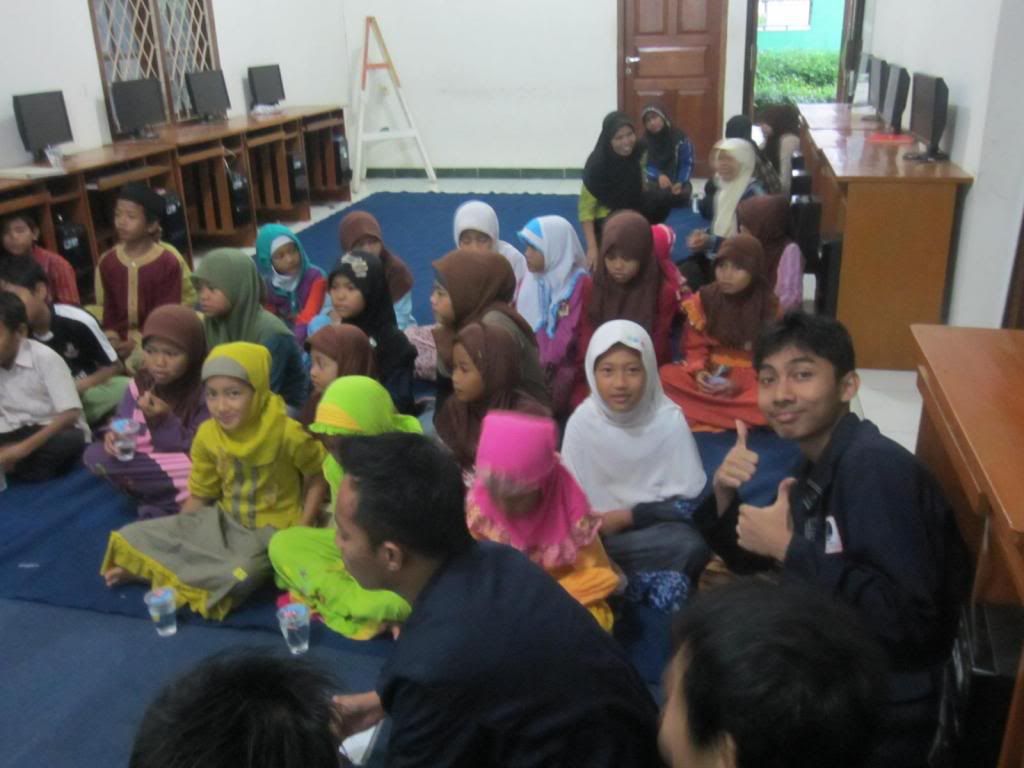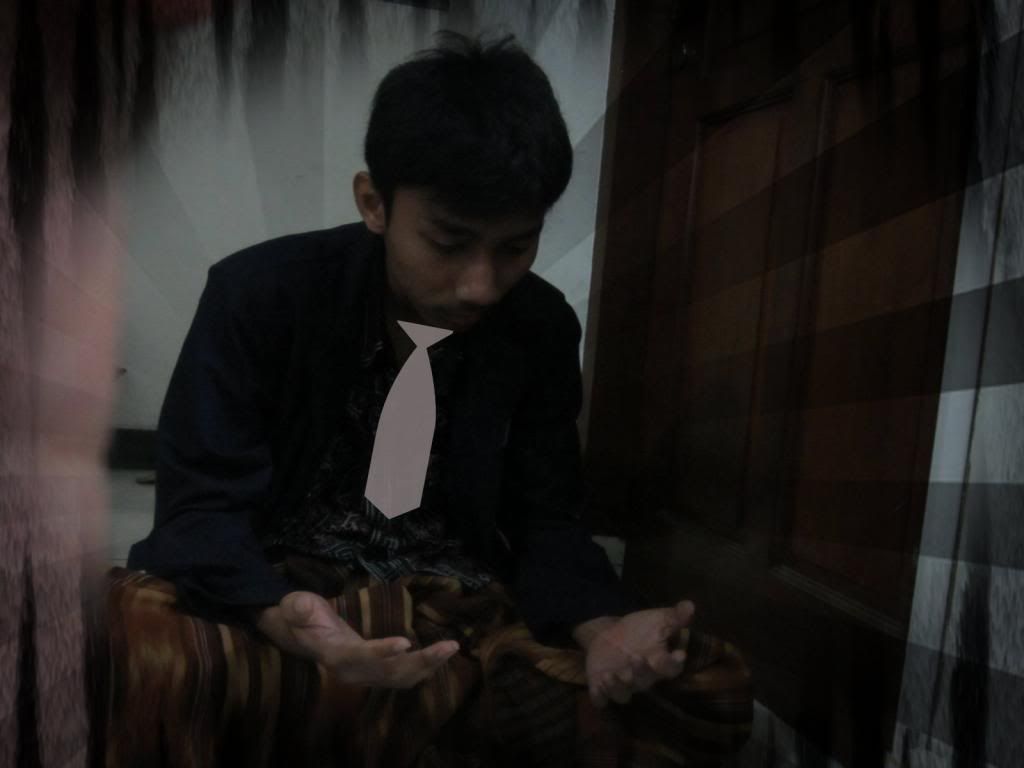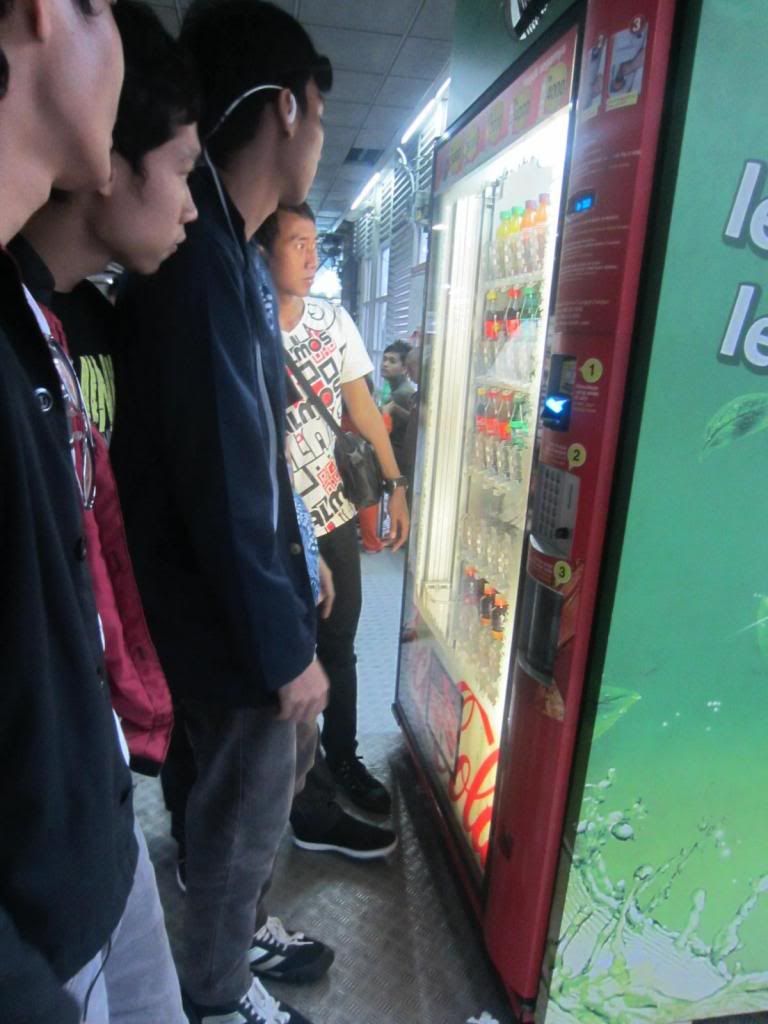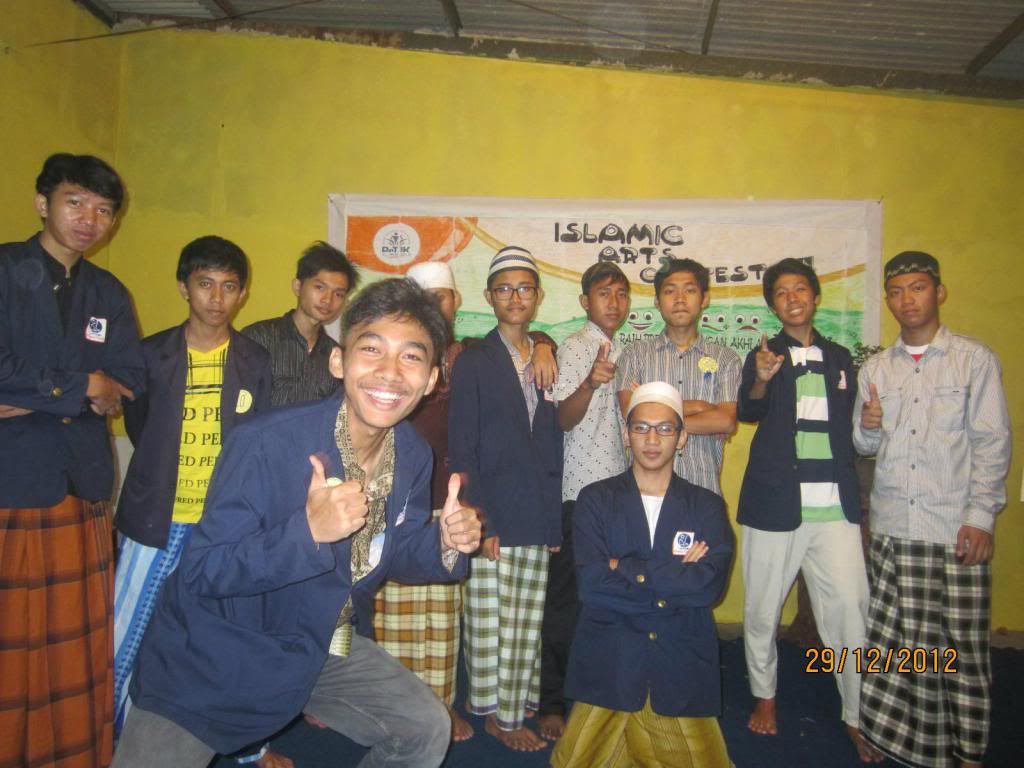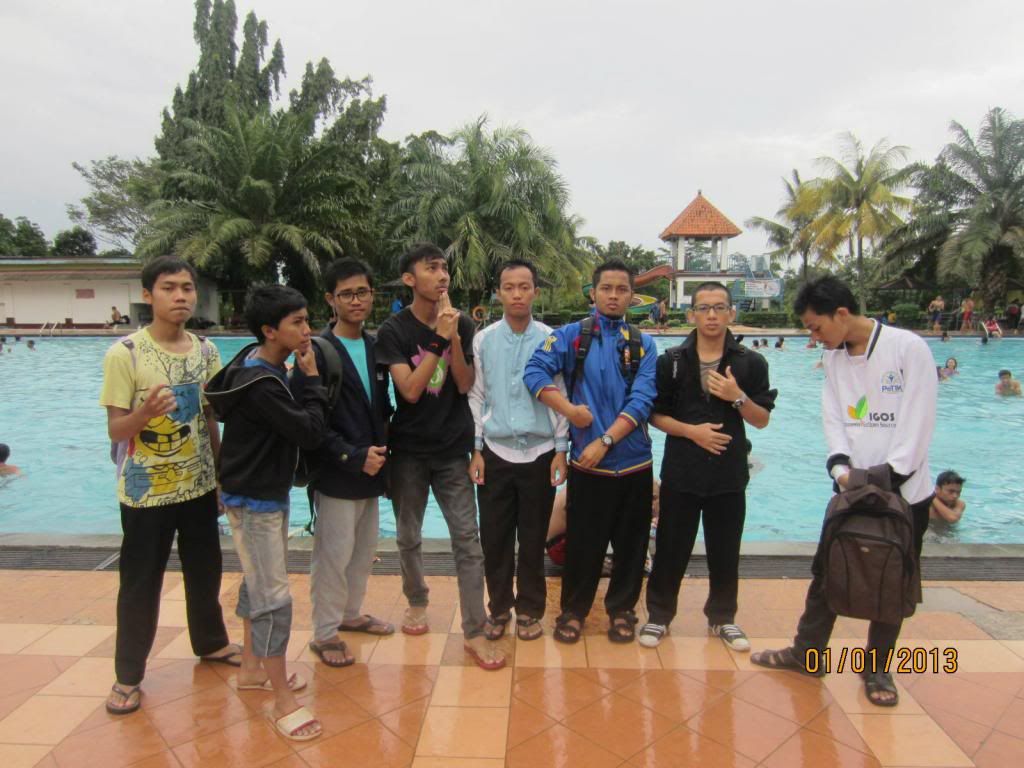Assalamualaikum wr
wb.
With all due respect to the honorable judges representing, to all of the teachers here attending, and to all of the audiences, ladies and gentlemen, good morning everyone!
First of all, let us thank Allah SWT which because of His blessings, we all can gather here on this event. Shalawat and prayer we will say to our greatest prophet, Muhammad SAW, his family, his friends, and all of his followers. Amien!
In this chance I would like to tell you my speech about a technology which have name Near Field Communication.
With all due respect to the honorable judges representing, to all of the teachers here attending, and to all of the audiences, ladies and gentlemen, good morning everyone!
First of all, let us thank Allah SWT which because of His blessings, we all can gather here on this event. Shalawat and prayer we will say to our greatest prophet, Muhammad SAW, his family, his friends, and all of his followers. Amien!
In this chance I would like to tell you my speech about a technology which have name Near Field Communication.
In The exhibition
Mobile World Congress 2013, which was going on since Monday
(2/25/2013) in Barcelona, Spain, show how many kind function of
smart phone beside the main function of that.
For example, a smart phone can be used to pay the restaurant’s bill and turn on a motorcycle by utilized a technology was called Near Field Communication (NFC).
Korean communications company, KT, was show a device of payment for NFC-based’s restaurant with tablets and smart phones has called "Cloud Pad Pos".
As reported by journalist Kompas.com, Heru Margianto, KT has develop a payment management application which can be downloaded in a tablet’s the owner of restaurant.
That tablet is quite placed on "Cloud Pad Pos". The tablet can also work wirelessly, without need to put on that device. The application is can record all transactions, menus, order list, and table’s number of customers.
When customers is paying, customers can use a credit card or put the phone has been equipped with NFC technology on that device. Then Signature and the payment receipted is printed .
For example, a smart phone can be used to pay the restaurant’s bill and turn on a motorcycle by utilized a technology was called Near Field Communication (NFC).
Korean communications company, KT, was show a device of payment for NFC-based’s restaurant with tablets and smart phones has called "Cloud Pad Pos".
As reported by journalist Kompas.com, Heru Margianto, KT has develop a payment management application which can be downloaded in a tablet’s the owner of restaurant.
That tablet is quite placed on "Cloud Pad Pos". The tablet can also work wirelessly, without need to put on that device. The application is can record all transactions, menus, order list, and table’s number of customers.
When customers is paying, customers can use a credit card or put the phone has been equipped with NFC technology on that device. Then Signature and the payment receipted is printed .
Turning on a motorcycle.
An Interesting
Places eCooltra company also presented, a company of urban transort
from Spain. The company was displayed an electric motorcycle which
can be rented.
All information about the trip, price, purpose, was planted in an application which can be downloaded by consumers in their phone or tablet. This Motorcycle is impossible to be lost because which is equipped with GPS can be monitored from the headquarters .
If tenants who is want to turn this bike, you need to put their cell phone on the left side of the handlebars has the signs of NFC. Motorcycle is instantly turning on and record the rental’s price, destination and duration of travel, the phone was automatically recorded on the tenant.
All information about the trip, price, purpose, was planted in an application which can be downloaded by consumers in their phone or tablet. This Motorcycle is impossible to be lost because which is equipped with GPS can be monitored from the headquarters .
If tenants who is want to turn this bike, you need to put their cell phone on the left side of the handlebars has the signs of NFC. Motorcycle is instantly turning on and record the rental’s price, destination and duration of travel, the phone was automatically recorded on the tenant.
Well,, What is
NFC Technology?
NFC technology (Near Field Communication) is a short-range wireless streamer which enables the exchange of data over short distances between devices that have NFC capability. NFC technology itself is starting popularized by some mobile vendors these days.
Then what is the use of NFC technology?
Various data can be exchanged when we use the NFC technology by sticking both of electronic devices which have NFC’s chips adjacent to the near distance.
You can imagine the data such as business cards, coupons, and even payment information such as credit card and bank debit (of course secured using a PIN).
So you will be able to use your mobile phone as a means of replacing credit card payments or debit card as we commonly use today. Some giant companies have to consider the ability of NFC will be integrated into their business systems such as for example Google with Google products Walletnya.
NFC technology (Near Field Communication) is a short-range wireless streamer which enables the exchange of data over short distances between devices that have NFC capability. NFC technology itself is starting popularized by some mobile vendors these days.
Then what is the use of NFC technology?
Various data can be exchanged when we use the NFC technology by sticking both of electronic devices which have NFC’s chips adjacent to the near distance.
You can imagine the data such as business cards, coupons, and even payment information such as credit card and bank debit (of course secured using a PIN).
So you will be able to use your mobile phone as a means of replacing credit card payments or debit card as we commonly use today. Some giant companies have to consider the ability of NFC will be integrated into their business systems such as for example Google with Google products Walletnya.
A Brief History of NFC
NFC technology is a result of research from the Sony and NXP company, the study involved a radio and chipset technology which embedded in the device. Actually this idea was came from RFID (Radio Frequency Identification). RFID is a generic technology for tagging goods, inventory of goods in the warehouse, and also smart passport.
NFC is more advanced than RFID because it is equipped with the ability to integrate with the processor and advanced operating systems like an integration with the Android operating system.
Conclusion
The adoption of NFC technology is dependent on the major players with an interested with this technology, such as: Google, ISIS, Samsung.
The begining of this technology will start from the people who is adopted the first and probably only use for fun like sharing music, documents, and other files.
While many people were so familiar with his presence and then it is not possible to use it is more serious such as a mobile payment will be ogled and used by most people.
Thanks alot for your
attention and I also ask forgivness for my mistakes, and the
last,,,,,
Wassalamu’alaikum
wr, wb.
